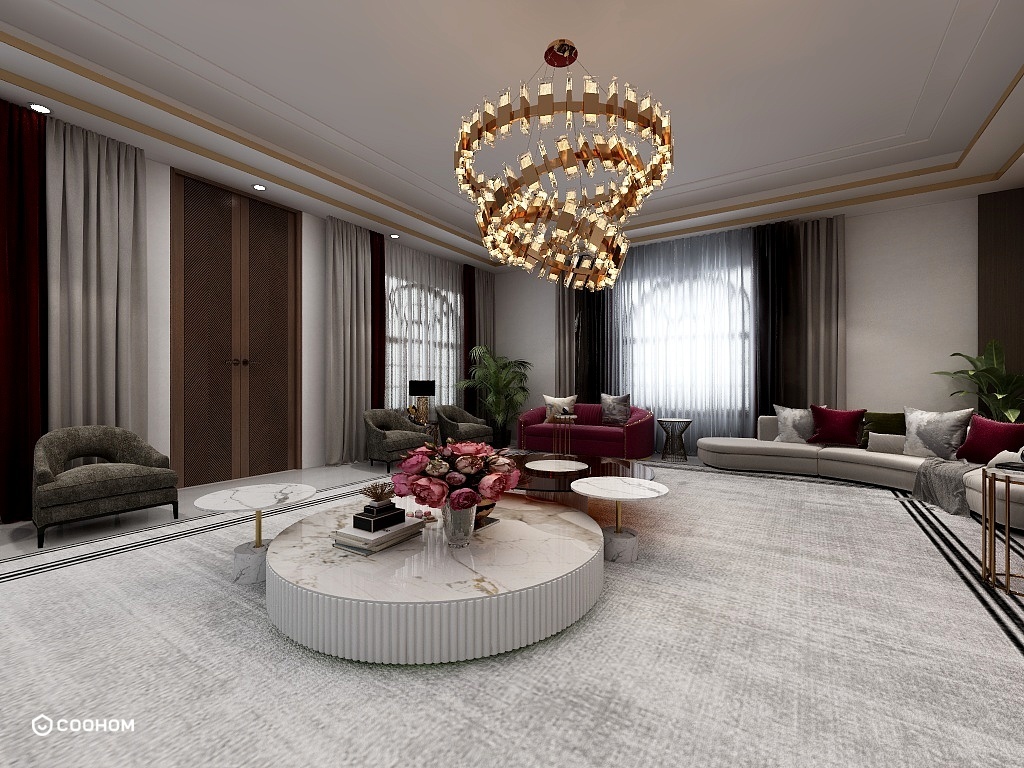Floor Plan Light Symbol: Understanding Light Symbols in Floor Plans for Better Design

When it comes to interior design, creating a floor plan is an essential first step. A floor plan not only helps visualize the layout of a space but also assists in planning the placement of furniture, fixtures, and lighting. One of the integral elements of a floor plan is the light symbol. Understanding these symbols can enhance your design skills and allow for more efficient space planning. In this article, we will explore the significance of light symbols in floor plans, their various types, and how to effectively utilize them in your designs. Light symbols are standardized notations used in architectural and interior design drawings to represent various types of lighting fixtures. Often, these symbols can vary based on the design software used, but the most common symbols generally represent ceiling lights, wall sconces, recessed lights, and chandeliers. Familiarizing yourself with these symbols is crucial for any design project.One common type of light symbol you may encounter is the circle with a cross inside, which typically represents a ceiling-mounted light fixture. This symbol indicates that the light is flush with the ceiling and helps provide general illumination to the room. Another frequently used symbol is the ‘S’ shape, which often denotes a wall-mounted sconce. These fixtures can add both functional and decorative lighting to a space, enhancing the overall ambiance.Recessed lights are represented by small circles or dots in the floor plan, indicating that they are installed above the ceiling. This type of lighting is particularly popular in modern designs, as it provides a sleek, unobtrusive look while still illuminating the space effectively. Chandeliers, on the other hand, are commonly illustrated with a larger, more ornate light symbol, often resembling a star or flower shape, emphasizing their decorative nature.When drafting your floor plan, it's important to consider the placement of these light fixtures strategically. Effective lighting can transform a space, highlighting architectural features and creating a warm, inviting atmosphere. For instance, placing recessed lights in a kitchen can ensure that countertops are well-lit for cooking, while wall sconces in a living room can create cozy reading nooks.Additionally, using a combination of different light types can add depth and dimension to your design. Layering ambient, task, and accent lighting can help achieve a well-balanced lighting scheme. Remember to take into account the natural light sources available in your space and how they interact with your artificial lighting choices.In conclusion, understanding light symbols in floor plans is a vital skill for any interior design enthusiast. By effectively incorporating various light fixtures into your designs, you can create spaces that are not only functional but also visually appealing. As you continue to practice and refine your design skills, consider utilizing software like Coohom, which offers a vast library of light symbols and other design elements to enhance your floor planning experience. Happy designing!
Tips 1:
Utilize different types of light fixtures to create layered lighting effects in your design.
FAQ
Q: What are the common light symbols found in floor plans?A: Common light symbols include circles for ceiling lights, ‘S’ shapes for wall sconces, and dots for recessed lights.Q: Why is lighting important in interior design?A: Lighting plays a crucial role in establishing the mood, functionality, and overall aesthetic of a space.
welcome to Coohom
Please check with customer service before testing new feature.

